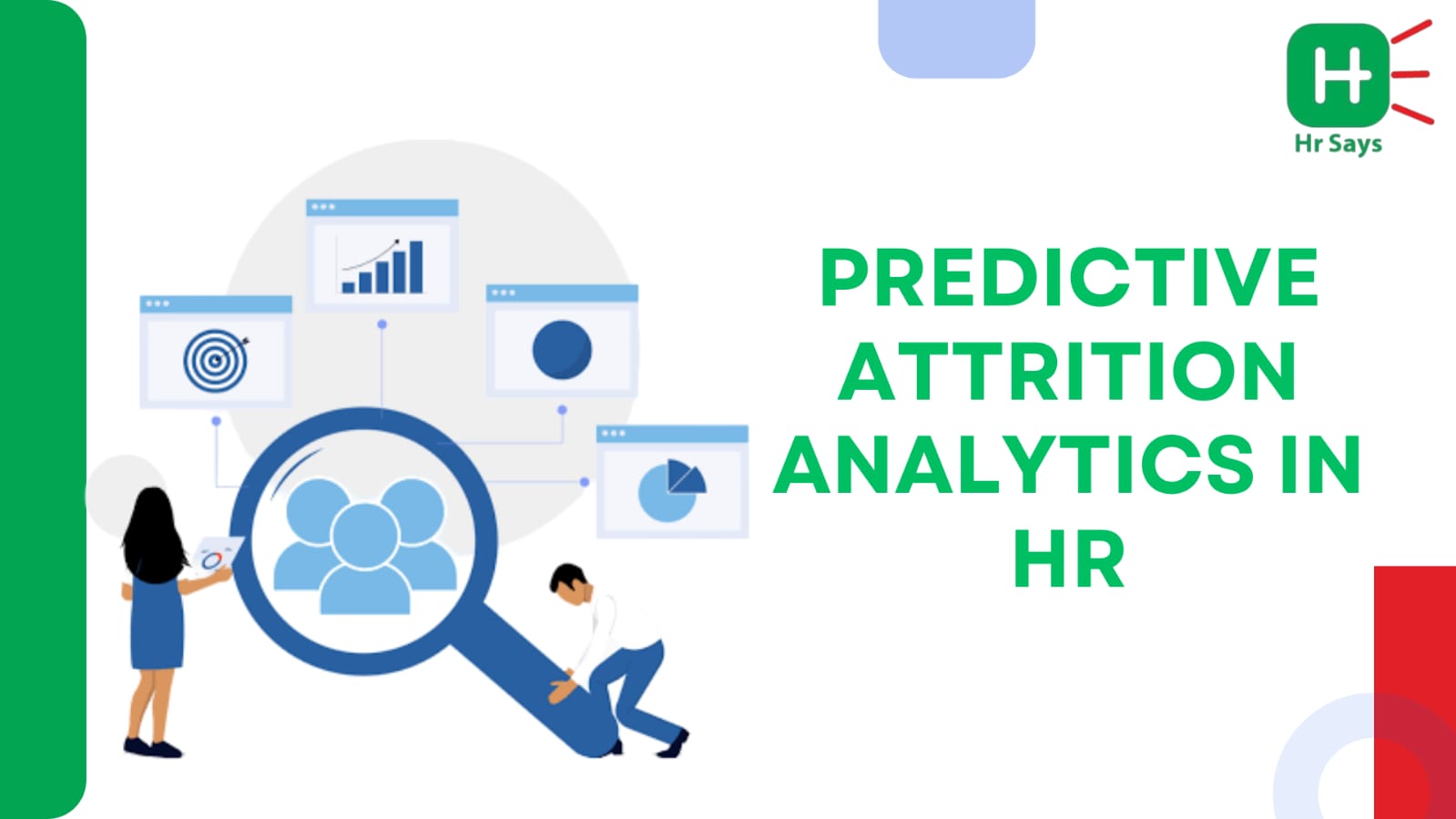People leave. They always have. But what if someone could tell you, “They’re thinking about leaving… soon”? No tarot cards. Just data. Welcome to the world of predictive attrition analytics—where human behavior meets algorithms. It sounds sharp. But the questions are softer, deeper, and not always clear-cut.
It Starts Quietly
A skipped meeting. A long pause in Slack replies. An update to a LinkedIn profile.
None of it screams, “I’m done here.” But taken together, it tells a story. Not to a person. To a model.
HR doesn’t need to wait for an exit interview anymore. Signals are captured early—sometimes too early.
What the Tech Tracks
Patterns. Lots of them. Over time. Across people. Quiet indicators.
● Late logins or long breaks
● Fewer internal messages
● Drop in participation during team meetings
● Repeated requests for time off
● A sudden lack of engagement in training platforms
It’s not about spying. It’s about sensing. Algorithms are trained to spot risk, not read minds.
But still… people notice.
The Promise Everyone Talks About
● “We can act before they leave.”
● “Retention plans can be smarter.”
● “We save on replacement costs.”
● “We fix the root cause, not the symptom.”
Sounds good. Sounds clean.
But here’s where it falls.
The Uneasy Truths
What if someone’s just having a rough week? What if the prediction nudges a manager to treat
someone differently? What if the system flags the wrong person—and that changes their
future?
There’s no perfect algorithm. No system that truly knows what sits inside a person’s head at 2
a.m.
The moment prediction becomes action, trust enters the room—or leaves it.
So, What Should Be Done?
Predictive analytics is a tool. Not a verdict. The best outcomes happen when data starts a
conversation, not ends one.
HR leaders are learning that now. Slowly.
Use the tech, but:
● Combine it with real feedback
● Always allow room for human judgment
● Don’t let the data drive the culture
● Let people opt in—or at least know they’re being analyzed
Transparency matters more than tech. Without it, attrition may accelerate, not reduce.
Conclusion
Predictive attrition analytics can help—if used wisely. It can’t replace people. It can’t read
hearts. But it can offer clues.
Clues that lead to better questions. A good question profiles a good dialog. Sometimes, it will
only take you to make someone stay.
Or leave—on better terms.

 Attrition is no longer just a number. With predictive analytics, HR can now see the signs before goodbye emails hit inboxes. But can tech really predict who’ll leave? And more importantly—should it?
Attrition is no longer just a number. With predictive analytics, HR can now see the signs before goodbye emails hit inboxes. But can tech really predict who’ll leave? And more importantly—should it?












.jpeg)
.jpeg)

.jpeg)

.jpeg)


.jpeg)

.jpeg)

.jpeg)


